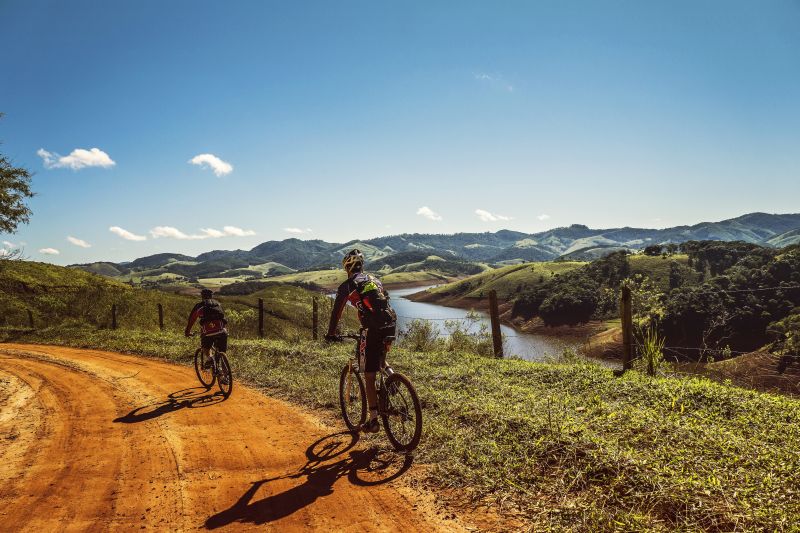As you would expect, the rigours of regular cycling on or off-road can take its toll on both your bike and your body over time. Not only that, but your bike components will experience the usual wear and tear that you can expect from a bike that’s been owned for a while and ridden a lot. As such, regular servicing is crucial to keeping your bike running smoothly, but you may also need to replace some parts too, such as your tyres, if they become unusable and affect performance.
Over time, your bike tyres will naturally begin to wear down and will eventually get to the point where it can start to affect the quality of the ride. When this happens, it’s likely you’ll start to get punctures much more frequently, which is never a good thing. Consequently, you should look to purchase a brand new pair of wheels, but with so many to choose from, how do you know which ones you should buy?
Which tyres do I need?
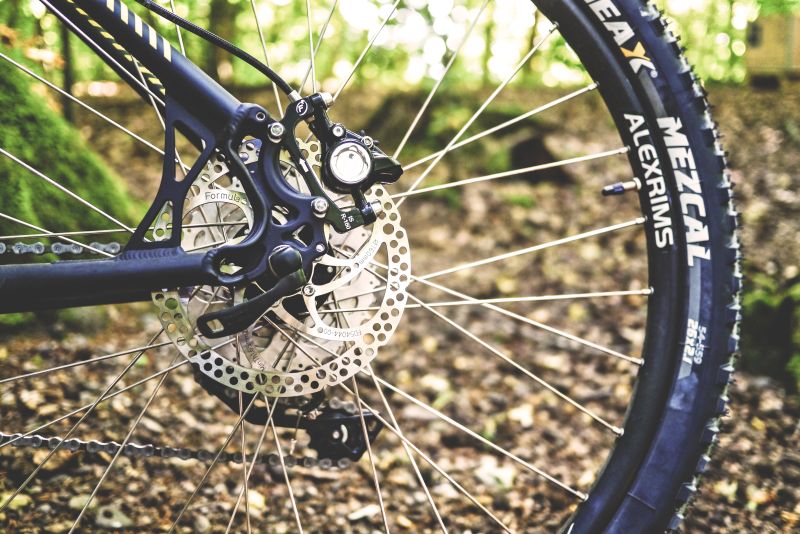
Now, the answer to this question may seem like an obvious one, as you’re not exactly going to fit mountain bike tyres to a road bike because they’re not designed for performance on the road. Instead, this question aims to outline what type of tyre or tread pattern is most suitable for the kind of riding you will be doing and will assist you in selecting the right one for you.
>>> Check out: eight things I learned cycling through South America with no money
Road Bike Tyres
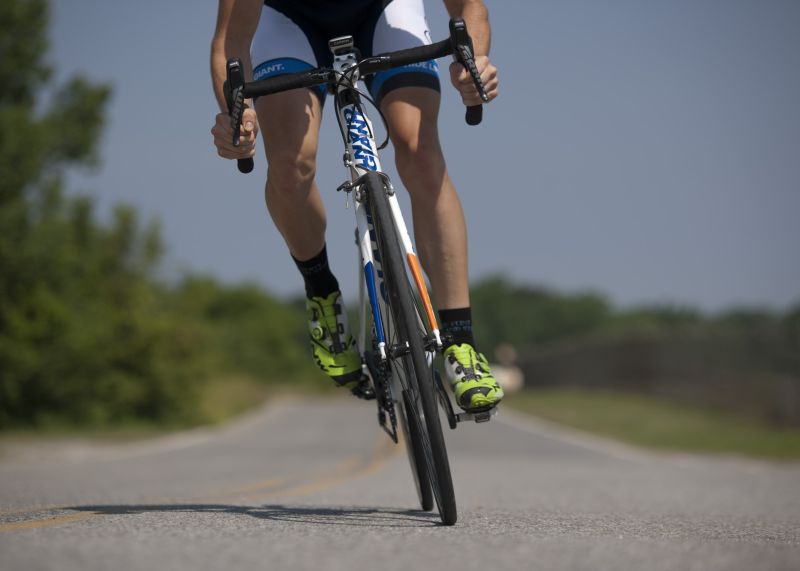
Road bike tyres are specifically designed for riding on the road, with smooth tread patterns and narrow profile they are optimised for lower rolling resistance, speed and performance. While there are plenty of options to choose from, road bike tyres can be the difference between beating your personal best and just missing out.
Mountain Bike Tyres
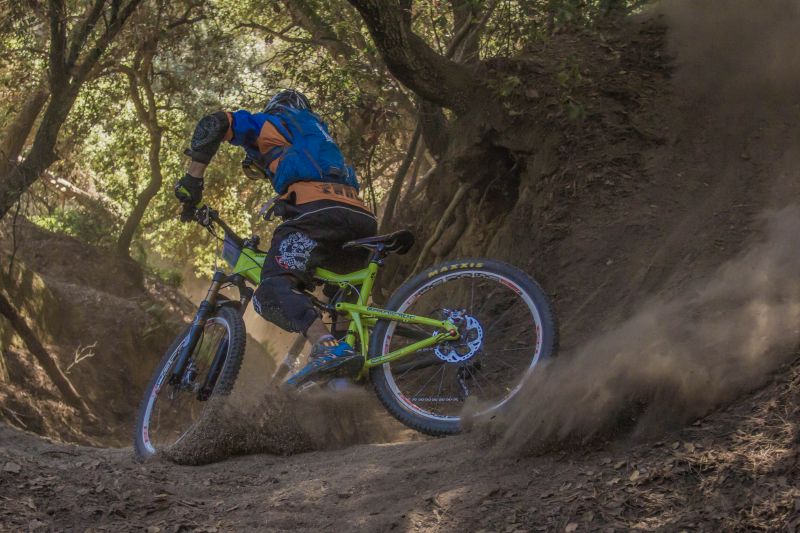
Rough, tough and rugged, this is exactly what you can expect from MTB tyres. Designed to provide traction in all conditions and terrains, MTB tyres make use of aggressive tread patters to offer grip when riding off-road. While MTB tyres provide a balance of speed and riding comfort, this can quickly deteriorate as your wheels begin to wear down. As such, replacing your old tyres with new ones is one of the most significant and cost effective methods of improving your mountain bike’s handling.
>>> See: adventurer Mark Beaumont breaks round the world cycling record.
Tyre Types
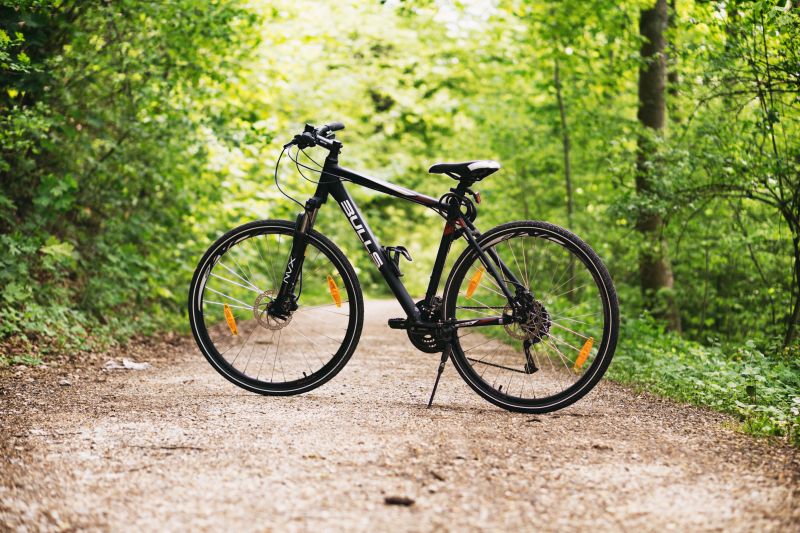
There are three main types of tyres available for both road and mountain bikes, which are clinchers, tubular and tubeless. Ultimately, the kind of riding you do should dictate which tyres you need, but here is an overview to assist you when choosing the right ones for you…
Clincher Bike Tyres
Clincher bike tyres are those tyres which come with a horseshoe-shaped structure and they play a great role in enhancing the performance of your bike. If you talk about the bead of the tyre it’s connected with the wheel rim and that happens due to the air pressure in the tyre. The bead of the tyre is either developed from Kevlar strands or wire. Based on the material used for making the bead, clincher tyres can be divided into folding clincher tyres and rigid clincher tyres.
As possibly the most common type of road bike tyre used by cyclists, clincher road bike tyres represent the traditional beaded tyre/inner tube/rim set-up. Available in folding and non-folding, the former of the two is the more expensive option, but is lighter, faster, and usually offers better grip than the latter. Perfect for leisure riders, “clinchers” are more readily available, affordable and easy to replace/repair.
Tubular Bike Tyres
Designed for performance, tubular road bike tyres are much more specific to racing and feature a sealed unit with an inner tube sewn into the outer casing, which is glued onto a tubular wheel. While their main advantages are resistance to ‘pinch flats’ (by reducing space between the inner tube and wheel) and lightweight composition, roadside repairs are unachievable unless you’re carrying a spare tyre.
In other words, when compared to clincher tyres tubular tyres are more difficult to repair because you have to take out the entire tyre from the rim to fix the puncture and then stick it again to the rim once you are done with resolving the issue. However, when it comes to indoor track racing tubular tyres still remain the preferred choice of the people. In addition to that, they are also used largely in cyclocross racing and professional road racing.
Tubeless Bike Tyres
Despite being a relatively new addition to the world of road biking, tubeless road tyres are growing in popularity owing to the absence of an inner tube – as the name suggests. Instead, the tyre and rim fit together to create a seal in addition to the use of a special valve stem and viscous liquid sealant. Although the main advantages of a tubeless set up is that they’re less vulnerable to flats and offer better rolling resistance, they are usually heavier and much more difficult to fit than others.
One of the most important advantages of using tubeless bike tyres is that they come with the lesser risk of punctures. In other words, the sealant stops the penetrating objects such as broken glass, screws and thorns from damaging the tyres. In addition to that, they also offer more comfort and grip.
>>> Related: how to choose the right cycle touring bike.
Tyre Treads
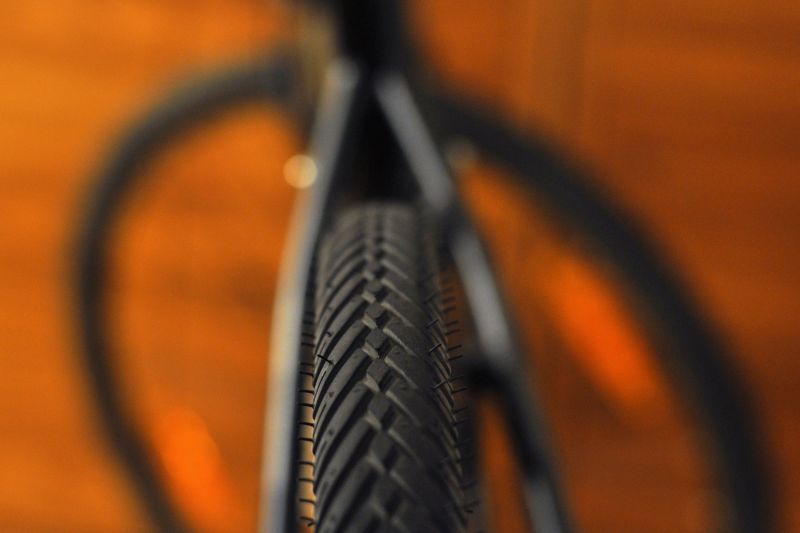
Once you have selected the type of tyre you need for your cycling discipline, you’ll need to decide on which tread is most suitable for the kind of riding you will be doing. As such, there are various different treads to choose from, so here you can find more detail on each type of tread…
Treadless/Slicks
Most suited to road bikes, treadless/slick tyres are smooth and have almost no tread pattern and are slick to touch. The smooth surface of the tyre offers optimal rolling efficiency for increased performance and speed, but at the cost of reduced traction, so they’re perfect for road/pavement cycling in dry conditions.
Inverted Tread
Again, more suited to road bikes, inverted tyre treads feature depressed patterns and grooves, with a smooth surface to the tyre to make riding on smooth and flat ground a dream. With the tread being inverted, these types of tyres are great for reducing the amount of water that flicks up when riding in wet conditions.
>>> See: 10 pieces of gear I couldn’t live without on my cycle around the world.
Knobbed Tread
Knobbed tread is what you can generally accustom mountain bikes to feature, with textured treads and knobs of varying heights, depths and widths. Most suited to off-road riding, knobbed tread tyres are the perfect accompaniment for loose terrain where good traction is needed most. While square or round knobs to provide both speed and traction, U or V-shaped knobs are more geared to aggressive traction on difficult terrains.
Summary
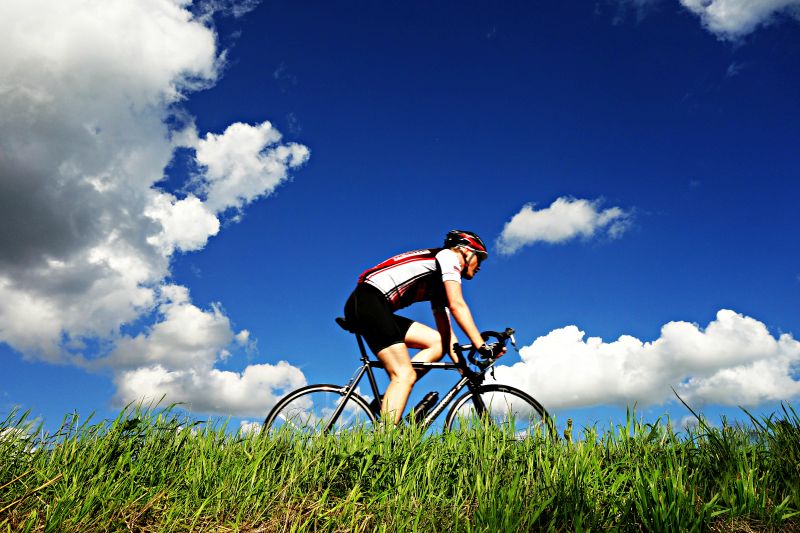
In short, as already mentioned throughout, the types of tyres you need should reflect the kind of riding you will be doing and if you purchase the wrong ones then it’s likely to affect the quality of your ride. As such, take the time to be sure about which tyres you need, so you can maximise their life and avoid having to make frustrating roadside repairs.



